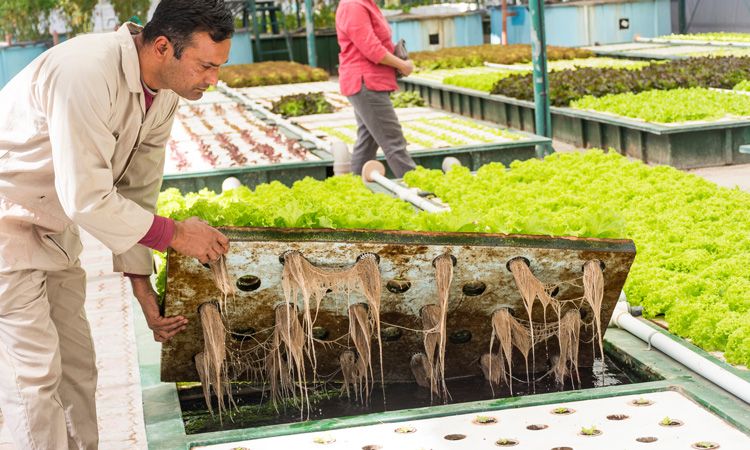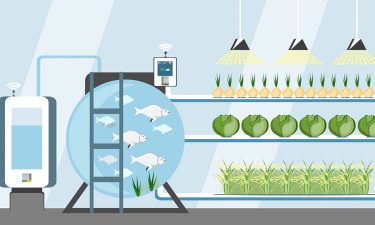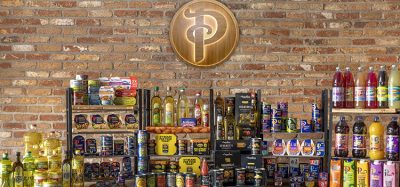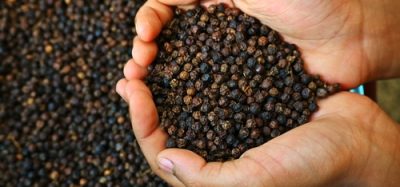Combining fish and vegetable production can be profitable, research shows
- Like
- Digg
- Del
- Tumblr
- VKontakte
- Buffer
- Love This
- Odnoklassniki
- Meneame
- Blogger
- Amazon
- Yahoo Mail
- Gmail
- AOL
- Newsvine
- HackerNews
- Evernote
- MySpace
- Mail.ru
- Viadeo
- Line
- Comments
- Yummly
- SMS
- Viber
- Telegram
- Subscribe
- Skype
- Facebook Messenger
- Kakao
- LiveJournal
- Yammer
- Edgar
- Fintel
- Mix
- Instapaper
- Copy Link
Posted: 20 May 2020 | Sam Mehmet (New Food) | No comments yet
The research has suggested that efficient use of aquaponics – a system that combines conventional aquaculture with hydroponics – can be both economically and environmentally profitable.


When it comes to future food production, the combined farming of fish and vegetables through aquaponics could be profitable, research has suggested. Researchers from the Leibniz-Institute of Freshwater Ecology and Inland Fisheries (IGB) have published a profitability analysis of a facility that already produces fish and vegetables on a large scale, determining that aquaponics may have both environmental and cost benefits – if produced according to good agricultural practice and under suitable conditions.
The subject of analysis was the aquaponic system of the “Mueritzfischer”, located in Waren (Mueritz). The 540 square metre facilities produces fish and vegetables in a combined recirculating system.
The researchers carried out analysis based on real one-year production data. Although the aquaponic system was not said to be profitable at the research stage, the extensive and set of data it produced enabled the researchers to develop two scenarios for production practice. One scenario showed that the aquaponics approach is profitable if facilities are sufficiently large. On the basis of this scenario, the scientists developed a model case with defined economic key indicators, enabling them to calculate the figures for different sized facilities.
“It is a good thing that there is a social, political and economic interest in aquaponics as a future technology. The aim of our study is to offer a research-based contribution to this debate, pointing out the opportunities and the challenges involved. This is one of the reasons why we decided to publish our findings cost-free, in open access format,” explained Professor Werner Kloas, leader of the project.


The lead author of the study, Goesta Baganz, said there is great potential in the system, despite the risks. Citing the example of urban spaces, he stated: “The already profitable model case would cover an overall space of about 2,000 square metres. This would mean that professional aquaponics would also be possible in urban and peri-urban areas, where space is scarce and often relatively expensive. If, therefore, urban aquaponics can make a profit on such a scale, there is even greater opportunity for local food production, which is becoming increasingly important throughout the world as urbanisation progresses.”
“Considering current problems like climate change, population growth, urbanisation as well as overexploitation and pollution of natural resources, global food production is the largest pressure caused by humans on Earth, threatening ecosystems and the stability of societies. Consequently, one of the key societal goals is to achieve eco-friendly, efficient food production,” explained Kloas.
Related topics
Related organisations
Leibniz-Institute of Freshwater Ecology and Inland Fisheries (IGB)








